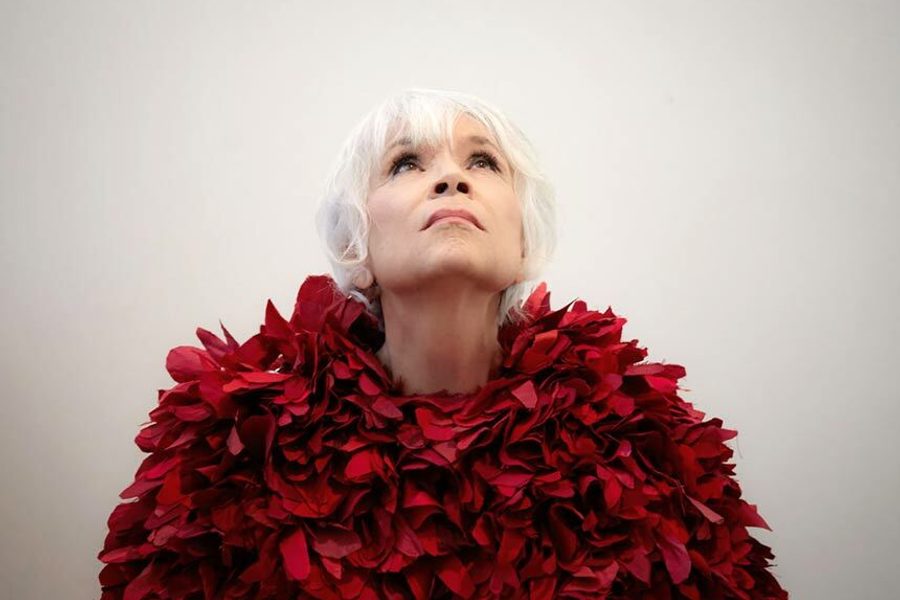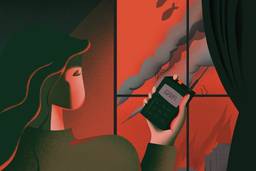
When artist Luzene Hill, a member of the Eastern Band of Cherokee Indians, met Cherokee Nation artist Brenda Mallory in 2015, she knew she had found her creative twin. Both explore Cherokee history through the lens of women’s experiences, and they even share color palettes and materials (including beeswax). Two years later, the bond between Hill and Mallory has found expression in a co-exhibit, Connecting Lines. In These Times sat down with Hill to discuss the show.
What do you hope visitors will take away?
That we’re here. We’re contemporary people. We do work that doesn’t necessarily include iconic images like Indians on ponies in a sunset. And I hope people will learn more about our history, so little of which is taught in schools.
Such as?
The show has been translated into the Cherokee syllabary. Not many people know about the syllabary or that Sequoyah invented it. That’s rare in the history of the world: for one person to invent a written language.
How does your work emphasize Native women’s experiences?
Native women are almost three times more likely to be sexually assaulted than other women in the United States, and 90 percent of the assaults are by non-Native men. It seems metaphorical for the violation of the Americas. But if you just say a number — like 6,956 [reported rapes of Native women each year] or 720 [unreported rapes in the U.S. each day] — then it’s a statistic. So I create volume with material of some kind to show this is what 720 dried rose petals look like, or 6,956 goddess figures — this is not just a number.
How does Brenda’s work differ from yours?
My ancestors stayed and hid out in the mountains here in the Southeast. Much of Brenda’s thinking and work reflects having grown up in Oklahoma as part of the Cherokee people who had been displaced. She always felt fragmented.
Connecting Lines, Center for Contemporary Native Art, Portland Art Museum, through October 29







